Does running your own online boutique sound like a dream come true? Then this article’s for you.
You might be tempted to jump straight into curating clothes or accessories – but hold up! Let’s start at the very beginning and get this right.
This playbook will cover everything you need to do to launch your own online boutique – from research and business registration, to finding manufacturers and making that first sale!
10 Steps for Starting an Online Boutique
Extra Notes on Setting Up an Online Boutique
Wrapping Up
The good news is that it’s never been easier and cheaper for anyone to start selling online.
Let’s start right at the basics: deciding what your boutique will sell.
It’s always best to choose a niche that you’re at least a little passionate about. Not only will you have more fun, but you’ll already have some sneaky insights on the topic.
You may be tempted to stock your store with products for a mass audience, but if you’re just starting out, try to choose one area of focus. Pick a popular category and brainstorm out its niches. For example:
If you hope to sell trending products, try browsing online marketplaces like Etsy and Amazon, or check trends on Google Trends.
A good approach is to target a small, but growing market. Check the key competitors in this space and see if you can find a gap or a problem that isn’t currently being met.
Once you’ve picked your niche, you can narrow down your ideal customer base. Do you want to sell vintage to gen Z? Luxury menswear? Now’s the perfect time to write up a profile of your ideal customer (here’s how).
Next – pick a operations model. This is going to affect how your business operates and where you’ll obtain your products.
Common models for online boutiques include:
When you’ve chosen the right model for you, it’s time to sit down and write up a business plan. This is where you flesh out the full scope of your business: from your market research, to your financial, operational and marketing strategy.
If done right, it’ll force you to think through every detail of how you’re going to run your business. You can easily find free business plan templates online to get you started.
It’s time to decide on a catchy name for your boutique! Remember, your name should embody the feeling of your brand.
Make sure you love it, and that your target audience will find it – well – cool. Sound it out to some people you value the opinions of, and get their feedback. You don’t want to be cringing at it one year down the line!
You’ll also need to check the name hasn’t already been taken. You should check the official registry in your country, but I recommend you also run a Google search to see what comes up. You should also use a domain name checker to check if the domain (i.e. your desired website URL) is available.
Next is to consider the legal shenanigans.
Start by choosing which business entity you want to operate as. Popular options for online boutiques include sole proprietorships, partnerships or limited liability companies (LLC).
Sole proprietorships are the simplest business type – if you’re happy to operate under your personal name, you won’t even need to file any formal paperwork. The downside is that this entity does leave you vulnerable, since you can be held personally liable for any financial or legal troubles your business runs into. LLCs, on the other hand, offer liability protection.
Do some research to make sure you fully understand which entity is best for you.
Regardless what entity you choose, it’s important to separate your personal and business finances. To open a business bank account in the U.S., you may be required to apply for a 9-digit employer identification number (EIN), via the IRS’s official website.
Finally, it’s important to check if there are any additional business licenses and permits you need. Check your official government website, or find yourself a nice local business lawyer to discuss your gameplan.
Right – let’s dip back into the fun stuff. It’s time to start building your brand!
Ever noticed how the most successful online boutiques have very distinct personalities? Strong branding helps you stand out from a sea of sameness.
You need to decide on a unified aesthetic for your brand. Do you want to be modern? Dreamy? Edgy? Luxurious?
It’s a good time to revisit the customer persona you created in Step #1. What inspires your customers? Who are their style influences? Browse visual inspiration (Pinterest, design blogs, other brands), and create a moodboard – whatever helps.
Your brand aesthetic will help you decide what products you sell in your boutique, as well as how you present them in your marketing. Everything should feel cohesive – from your website color scheme, brand logo, and your tone of writing.
For example – One DNA is a boutique who’s brand essence is to offer clothing that ‘defies social constructs’.
Their store is stocked with unisex fashion and empowering slogans. Their models that are racially diverse and often androgynous. Everything feels cohesive.
Another famous brand, Reformation, is all about being sustainable and self-aware. Their cheeky tagline embodies this: “Being naked is the #1 most sustainable option. We’re #2”.
They write witty captions and tackle environmental issues. Their marketing and products are all in alignment.
So, decide what YOUR brand will embody.
It’s a great idea to develop an official brand ‘style guide’, which is essentially a rule book on how to communicate your brand on marketing materials.
Unless you’re making your own products, you’ll need 3rd party suppliers. And you need good ones!
Here are some typical places to source local suppliers or manufacturers:
If you’re open to international partners, you can:
If you’re doing this step properly, it will probably take some time for you to find the perfect partners. However, it’s definitely worth it.
Reach out to multiple candidates and always try to meet them in person whenever possible. If they’re overseas and you’re unable to go to them – arrange a video call and request samples to be sent to you. It’s very important you can hold the products in your hands in order to quality-check them.
I’ve written more at the end of this article on how to vet suppliers.
Next – decide how your amazing products are going to reach your customers.
Customers these days have high expectations (no thanks to Amazon’s 2-day promises) and there’s nothing that makes people madder than expensive shipping or slow delivery.
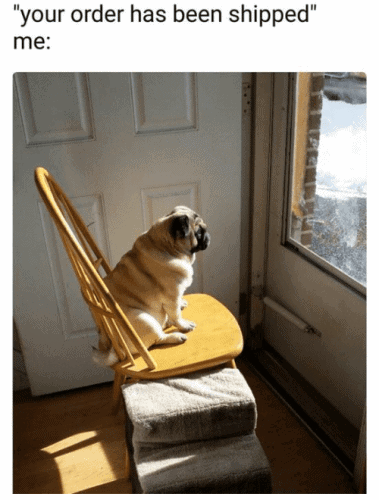
When choosing a shipping provider, don’t just consider their prices – check how fast and securely they can deliver too!
Most people rely on reputable services like the U.S. Postal Service, FedEx, and UPS, but you can also check a shipping rate comparison software like ShipStation. Some eCommerce platforms (that we’ll get to in a second) will help you streamline shipping through an interface.
Make sure you also consider what your returns process will be.
There are loads of tried and tested strategies you can use to set your prices.
Many beginners like to start with the most simple method of cost-based pricing. This is where you quite simply set a price that’s based on your unit costs, with your profit margin put on top.
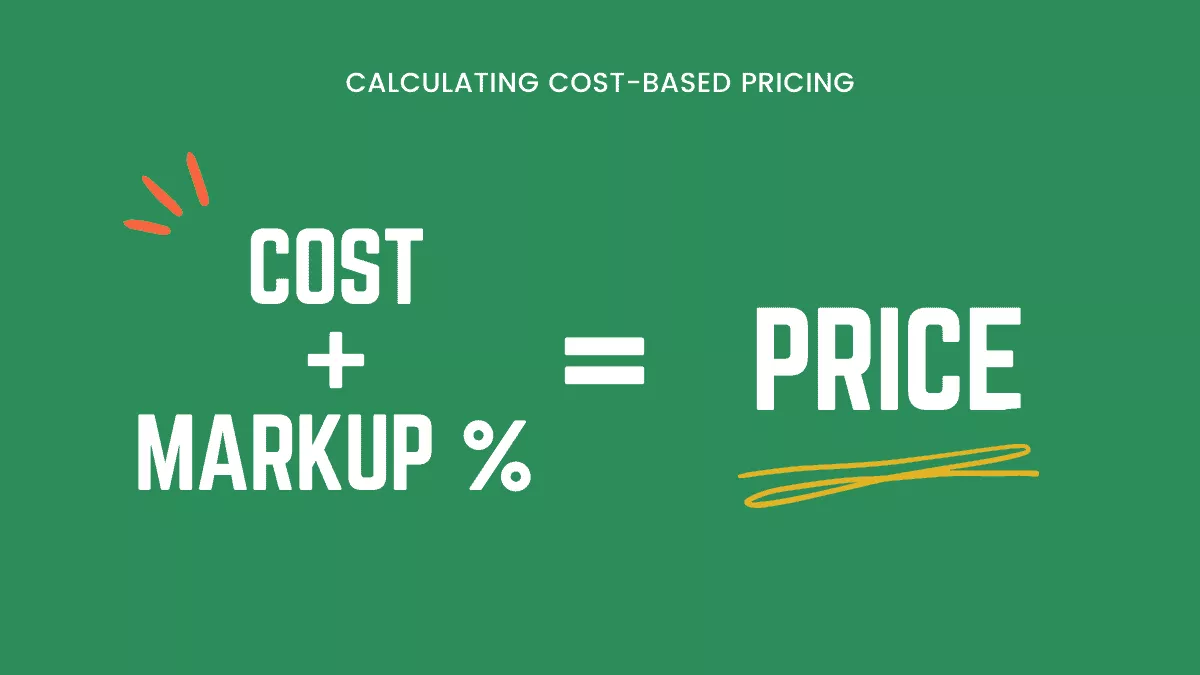
However, you should also factor in considerations such as what your competitors are pricing. Ultimately – you want to set prices that both help you make a profit, but that don’t scare off your customers! We’ve written about this in depth in this article here.
And remember, online sellers still need to collect and pay sales tax for transactions. A good eCommerce platform will manage this for you!
Now, it’s time to start setting up where you will sell your products.
Some boutiques prefer to sell on existing sites such as Instagram or Depop that are already popular. The downside (and it’s a big one) is that you’ll need to pay a commission to the platform, and you need to play by their rules. If their algorithms change or their site goes down – they can drag your online store down too.
If you prefer to have more control, consider building your own online store. These days, it’s really not that difficult. Most entrepreneurs simply use an eCommerce platform.
These platforms work as a virtual storefront for your customers, and provide you with an easy back-end interface to run your business.
We’ve reviewed a lot of the best eCommerce platforms (read our full comparison here) but we usually recommend Zyro for first-time store owners, as it’s the most basic to use. They have a great dashboard that helps you manage everything: from inventory and order tracking, to sales tax and customer service.
Here are 6 steps to getting your online boutique up and running.
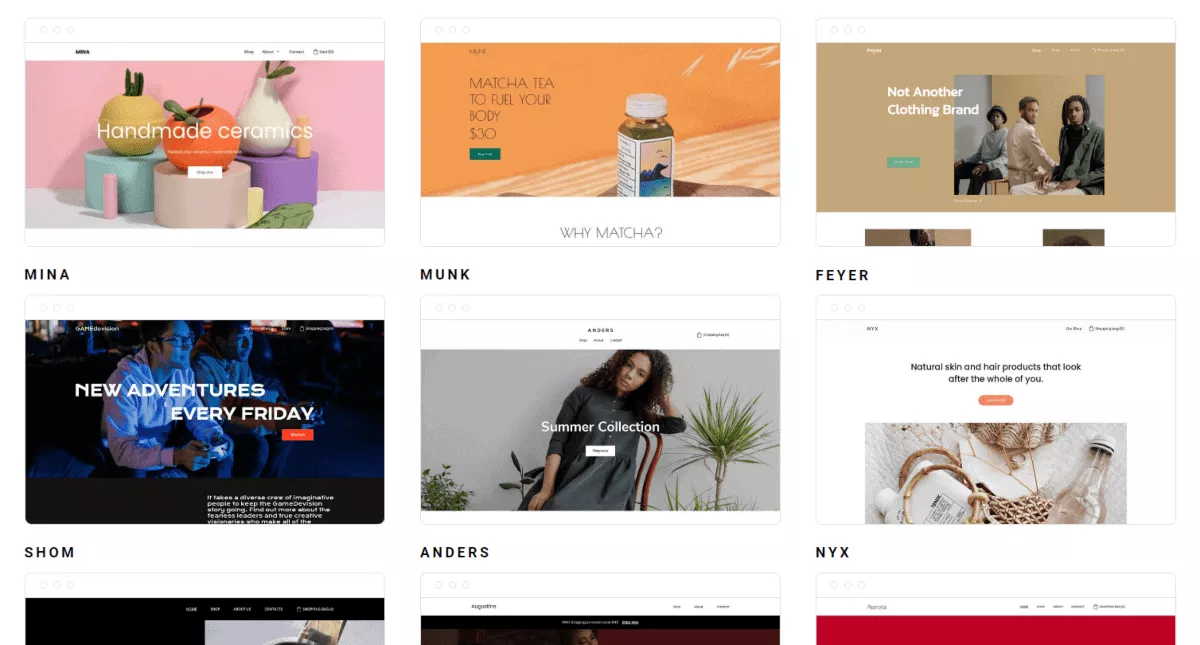
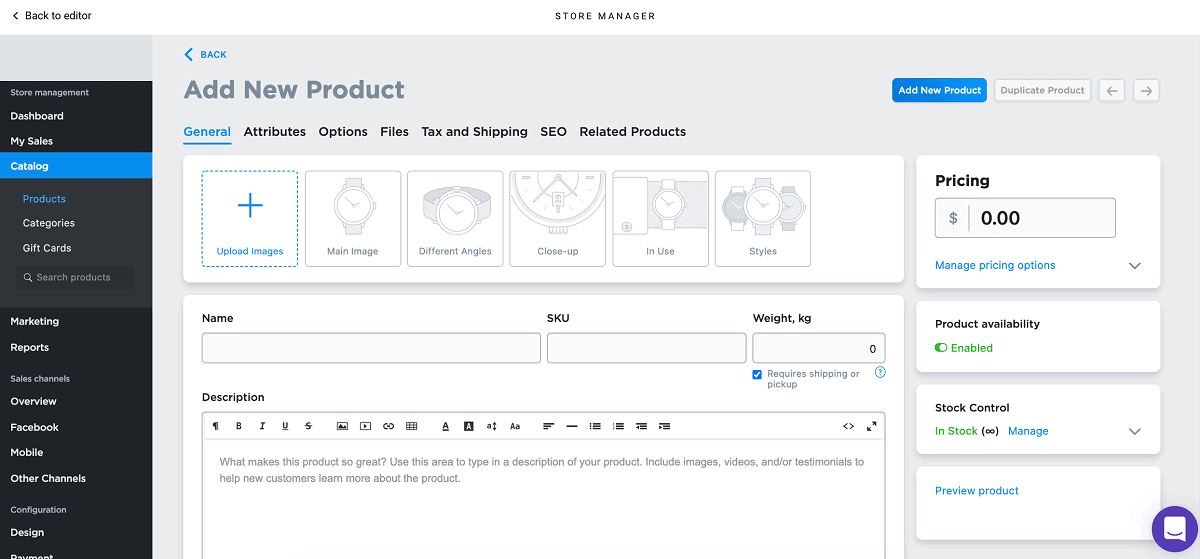
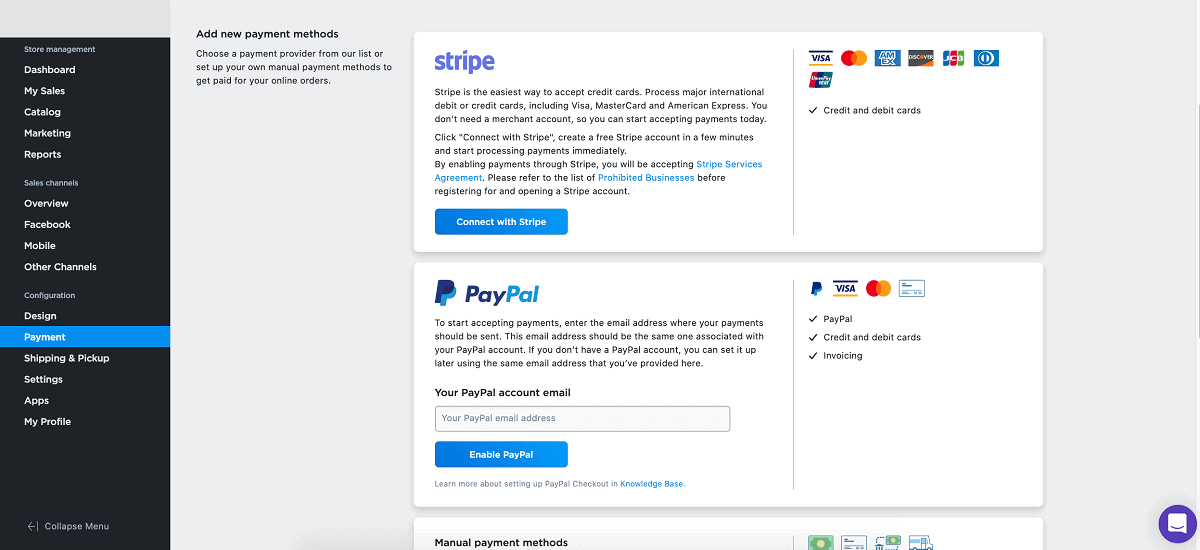
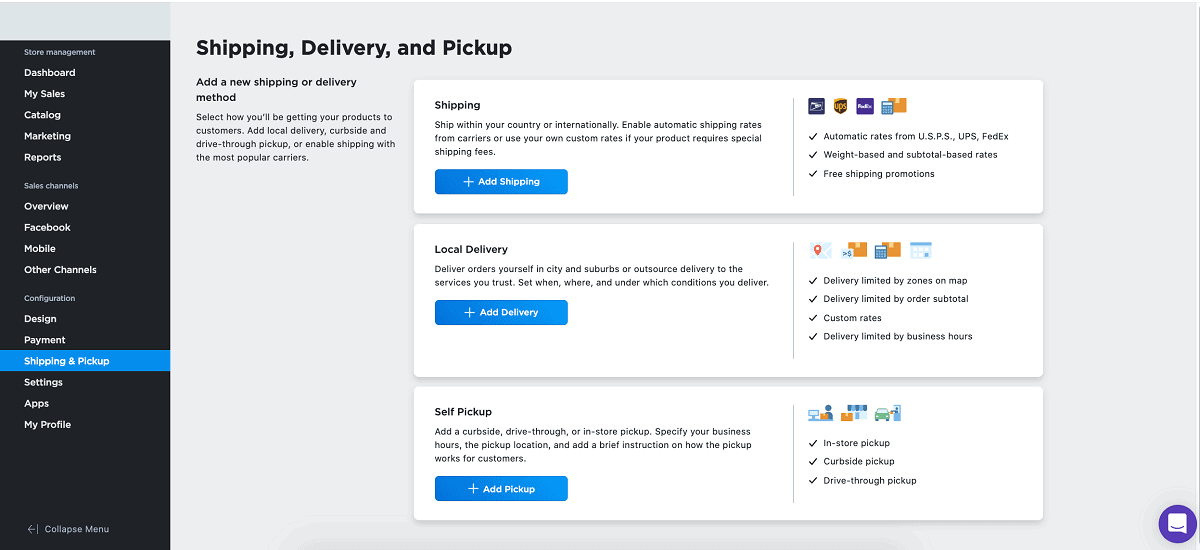
Ready to launch? Here are 4 things to make sure you do first:
When you’re done – it’s time to go live! Congratulations!
However, the marketing doesn’t stop there. Building brand awareness is an ongoing process. I highly recommend you get familiar with the following:
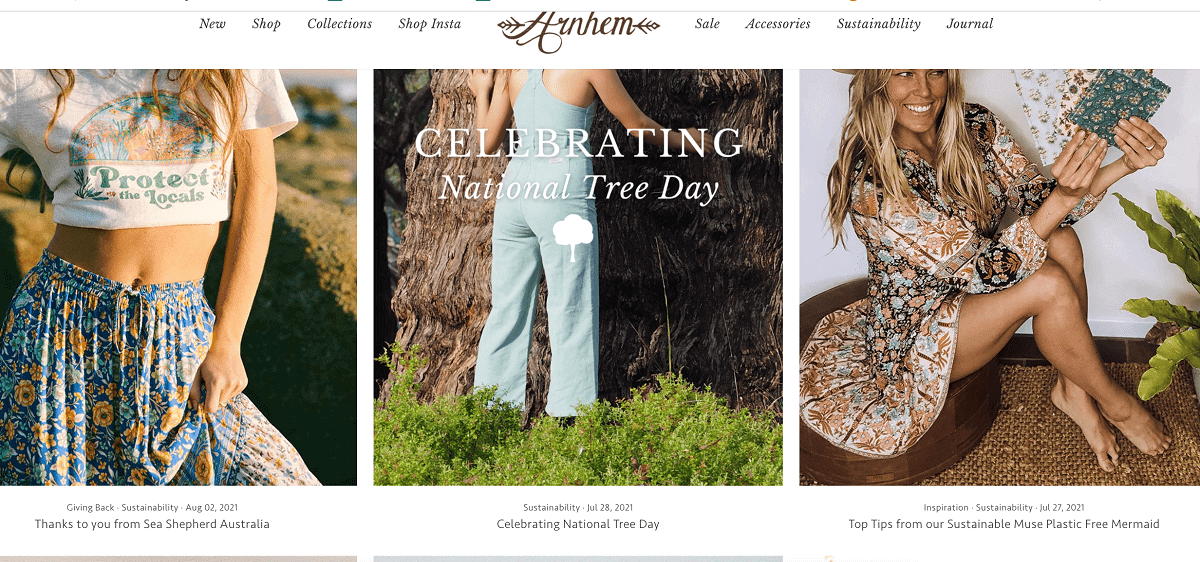
We’ve covered the ENTIRE process of setting up an online boutique – but there’s something missing.
No matter how beautiful you’ve made your website, if your products don’t seem appealing, then no one is going to buy them!
In a physical boutique, customers can touch and try products before buying. With online boutiques, they need to make a purchase decision based only off the information you provide. That means that photos and descriptions truly make a big difference.
Just consider these 2 images – which product looks the most appealing?

Dingy lighting is almost always unflattering. Make your products shine by taking high-quality photos of them in good lighting and flattering set-ups.
Sure, you can hire a professional product photographer, but it isn’t always necessary. We’ve written a whole piece here on how to take amazing product photos on a budget – even with a smartphone.
And yes – images may tell a thousand words, but descriptions matter too! Make sure you complement the images with a compelling product description that can take away any doubts your customer has.
Unless you’re making your products from scratch, you’ll need to rely on third-party companies. That makes it ABSOLUTELY crucial that you choose partners that are reliable.
Here are some things to consider when you’re choosing suppliers or fulfilment partners:
To round things off, let’s look at 3 final examples of online boutiques that we love.
This Cali-born boutique offers distinctive merchandise that’s recognizable from a mile off. Their website is colourful and sucks you straight into its summery surf-aesthetic.
Their strong branding reinforces exactly what their brand name suggests: wardrobe essentials made in organic fibres. Their site is filled with aesthetic photos and is very well organized.
This boutique curates and sources luxury brands from all corners of the earth. Their branding is all about individuality and celebrating creativity. Every part of the experience of browsing their site – from the design to the web copy, gives off a premium feeling.
We’ve walked you through the steps of starting a successful online boutique. You’ve learnt how to begin your research, set up your website, price your product, and more.
As you can see – setting up an online boutique takes work! However, it can also be incredibly rewarding and fun. These 3 skills will take you a long, long way.
So – what else are you waiting for? Go forth and sell!
Dani is an editor and writer based between KL and Mexico City. Sprung from the advertising and travel industries, she’s also spent the last 10+ years freelancing for a slew of creative online businesses around the world. Connect with her via LinkedIn.